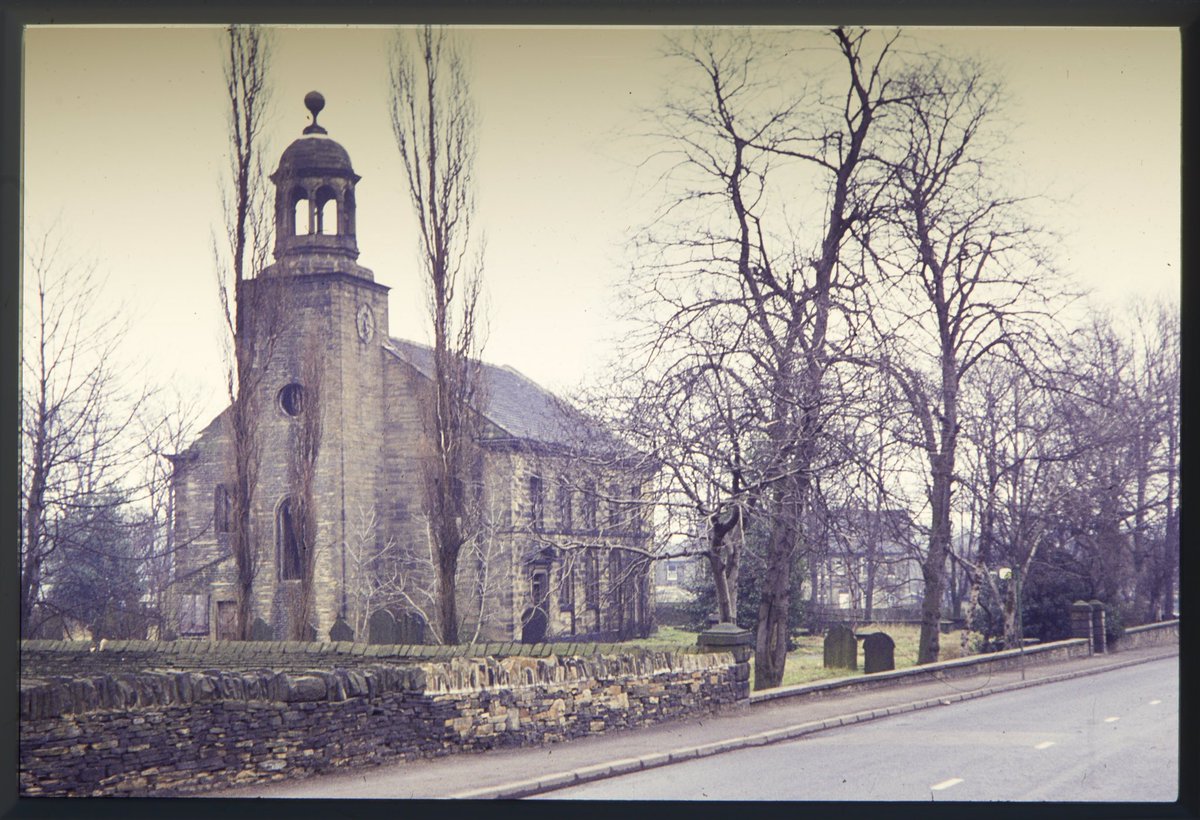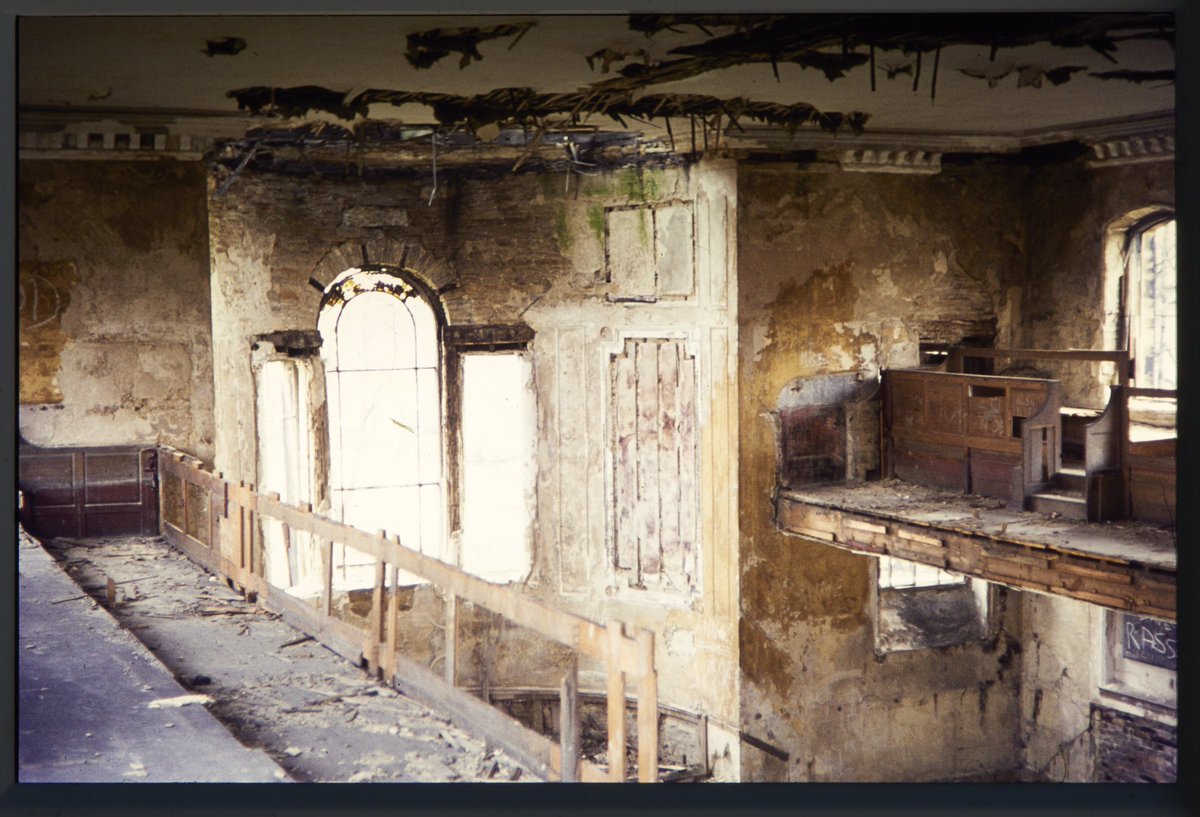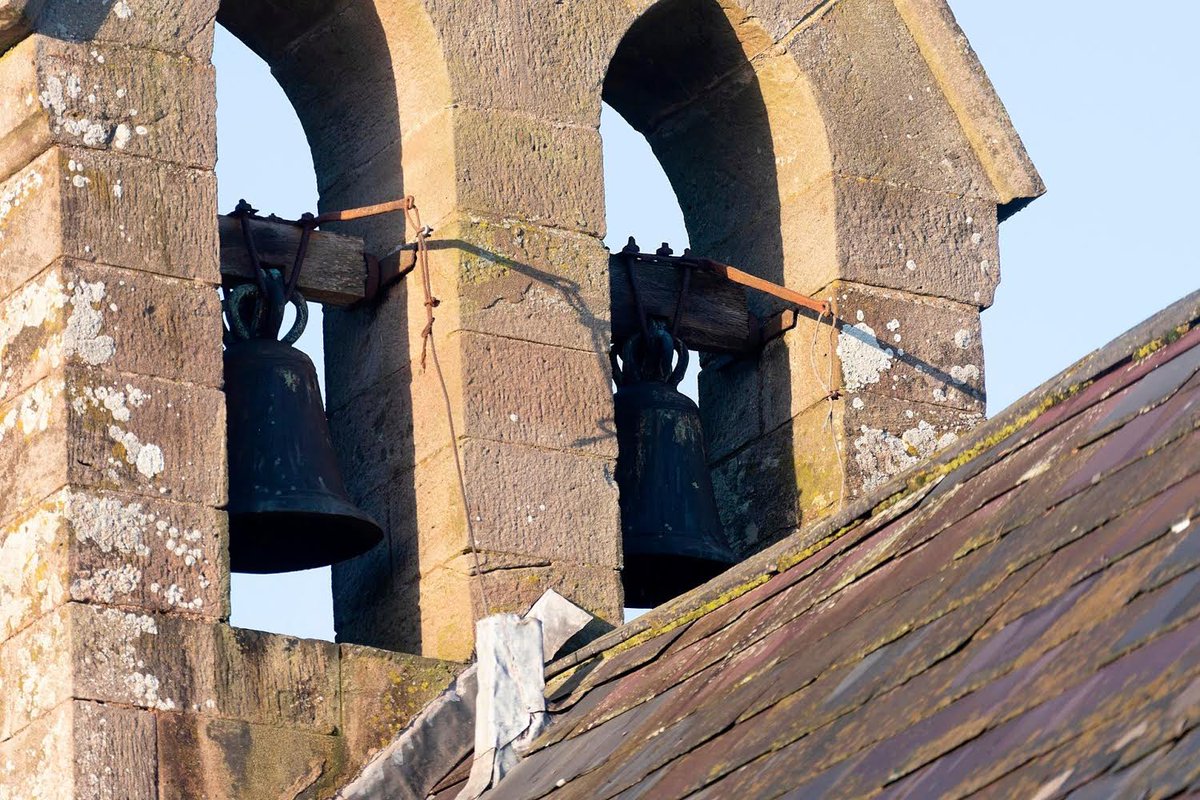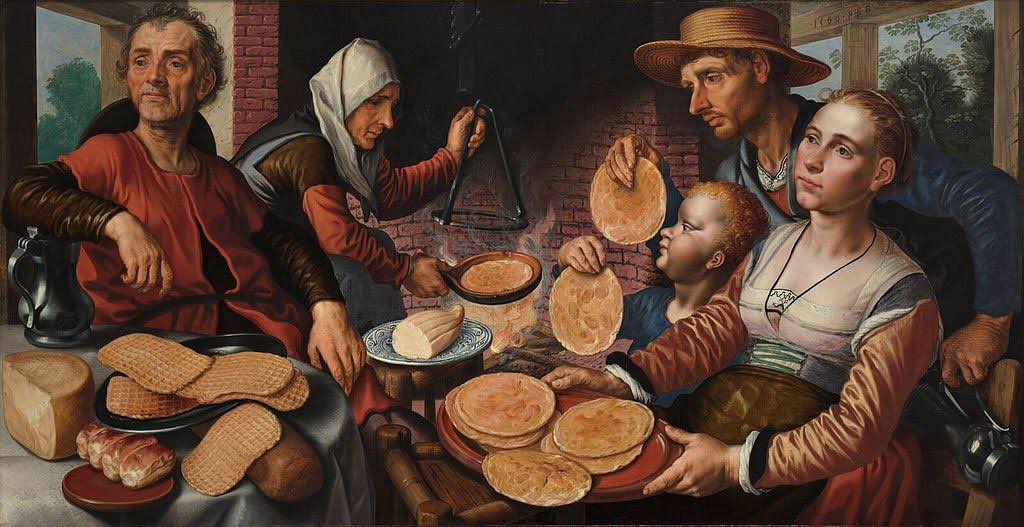
Long Crichel is a small and rather sleepy village in the Cranborne Chase.
So shockwaves must have rippled through the lanes in 1945 when a group of artists, critics, authors and gay rights activists moved in to the Long Crichel House… right next to the church.
#thread #LGBTHM21
So shockwaves must have rippled through the lanes in 1945 when a group of artists, critics, authors and gay rights activists moved in to the Long Crichel House… right next to the church.
#thread #LGBTHM21

Long Crichel House had been the church rectory until 1945 when it was sold to music critic and novelist, Eddy Sackville-West; his partner, music critic, Desmond Shawe-Taylor and Edward Eardley Knollys of the Bloomsbury Set. Soon, literary critic, Raymond Mortimer joined them.
2/
2/

The new owners of Long Crichel House had a wide circle of creative and influential friends who would meet here. The house – and village - became a retreat for like-minded people, including writers, composers, poets, artists and actors.
3/
3/

Eardley Knollys was a leading light in the National Trust; he and the distinguished writer, James Lees-Milne, effectively ran the @nationaltrust south-west operations from Long Crichel.
4/
4/
Patrick Trevor-Roper, the prominent eye surgeon, shared Long Crichel House as his home. He was a pioneer of gay rights and gave evidence to the Wolfenden Report, which resulted in 1967 in the decriminalisation of “homosexual behaviour between consenting adults in private”...
5/
5/

Trevor-Roper was also instrumental in the creation of @THTorguk, the UK’s leading AIDS organisation. He is buried in the churchyard at Long Crichel.
6/
6/

So, this sleepy village played a significant role in shaping British art, politics and human rights.
AND a book by Simon Fenwick, The Crichel Boys, released today through @HachetteBooks covers this story in more detail.
hachette.co.uk/titles/simon-f…
7/
AND a book by Simon Fenwick, The Crichel Boys, released today through @HachetteBooks covers this story in more detail.
hachette.co.uk/titles/simon-f…
7/
And, while you’re here, here’s our little blog on our church’s neighbours: friendsoffriendlesschurches.org.uk/fight-for-your…
Today Long Crichel House is a bakery. A delicious range of carbohydrate comestibles are baked in the wood-fired oven there. It’s also where visitors collect the church key.
8/
Today Long Crichel House is a bakery. A delicious range of carbohydrate comestibles are baked in the wood-fired oven there. It’s also where visitors collect the church key.
8/

• • •
Missing some Tweet in this thread? You can try to
force a refresh






















